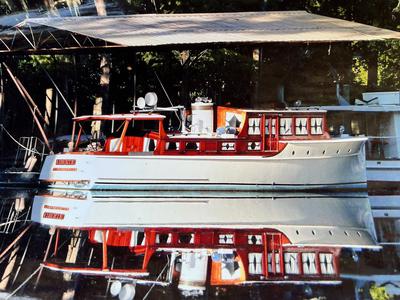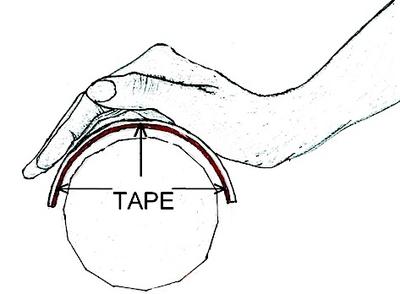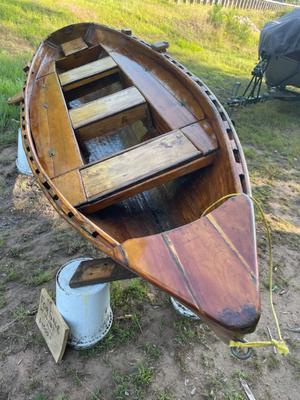- Home
- Your Boats
- This Page
Cauking a thoroughly dried-out hull.
by Ken McKelvie
(Lincolnshire, UK)
Good day boaters,
I have recently taken on a 13ton Hillyard ketch which has been left ashore in Spain for 7 years and so is completely dried out.
Apart from some major cracks between the coachroof windows, and the partly rotten
keel(!!), the major problem is that the plank seams have opened up.
Daylight can be seen through the sides and bottom of the boat from the inside.
The larger gaps are around 25mm / 1/4 inch.
Is it possible to caulk gaps of this width or will the hull need to be splined, which may then cause problems when the boat is put back into the water?
If it is possible to caulk these seams, how do you prevent the caulking cotton from falling in to the inside of the boat??
Any suggestions will be gratefully received!
Thank you,
K.J.McKelvie, Lincs
Comments for Cauking a thoroughly dried-out hull.
|
||
|
||
|
||
|
||
|
||
Want to add more photos?
Photo Uploader
If you are having problems uploading Photos or would like to add more click on this link for the Upload Form.







